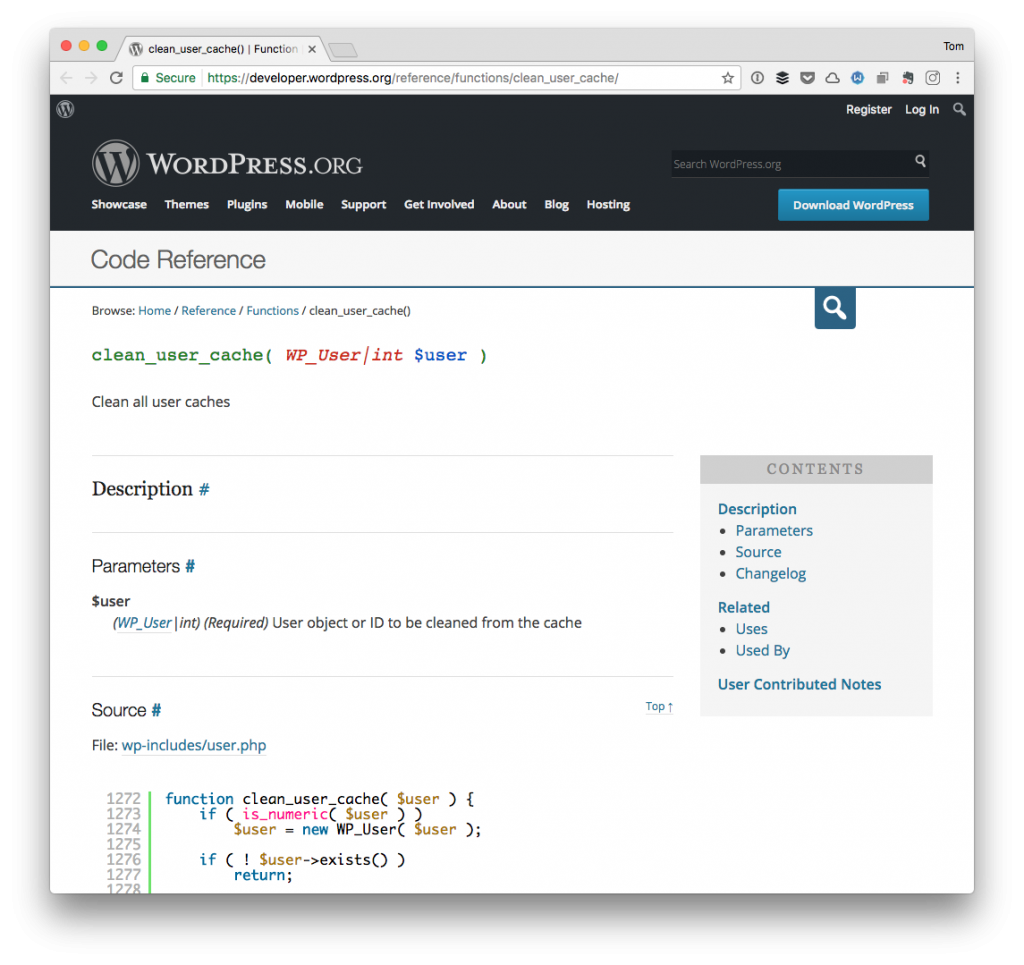As far as rapid prototypes and WordPress are concerned, we’ve done two things thus far:
At this point, we’ve done enough work to warrant beginning to refactor our code. That is, we’re going to start converting the prototype to code. But this is something that’s going to need to be done in two phases.
First, we’re going to simply introduce classes that represent the diagrams from the previous post and that encapsulate the responsibility of each project.
After that, we’ll look at organizing the code into namespaces and packages. Before we can do that though, we need to make sure the code is object-oriented and remains functional. So that’s what’s going to happen in this post.


